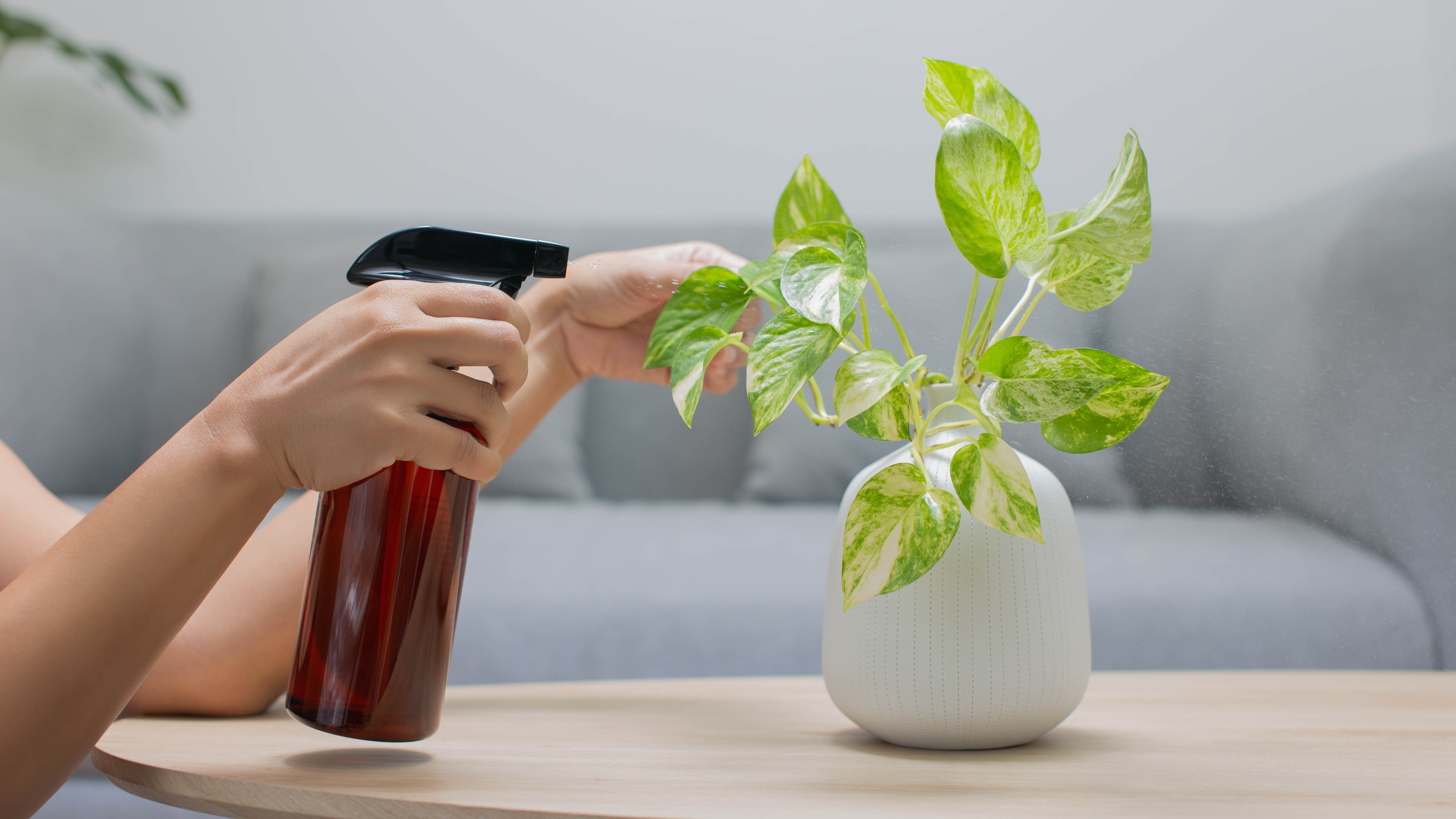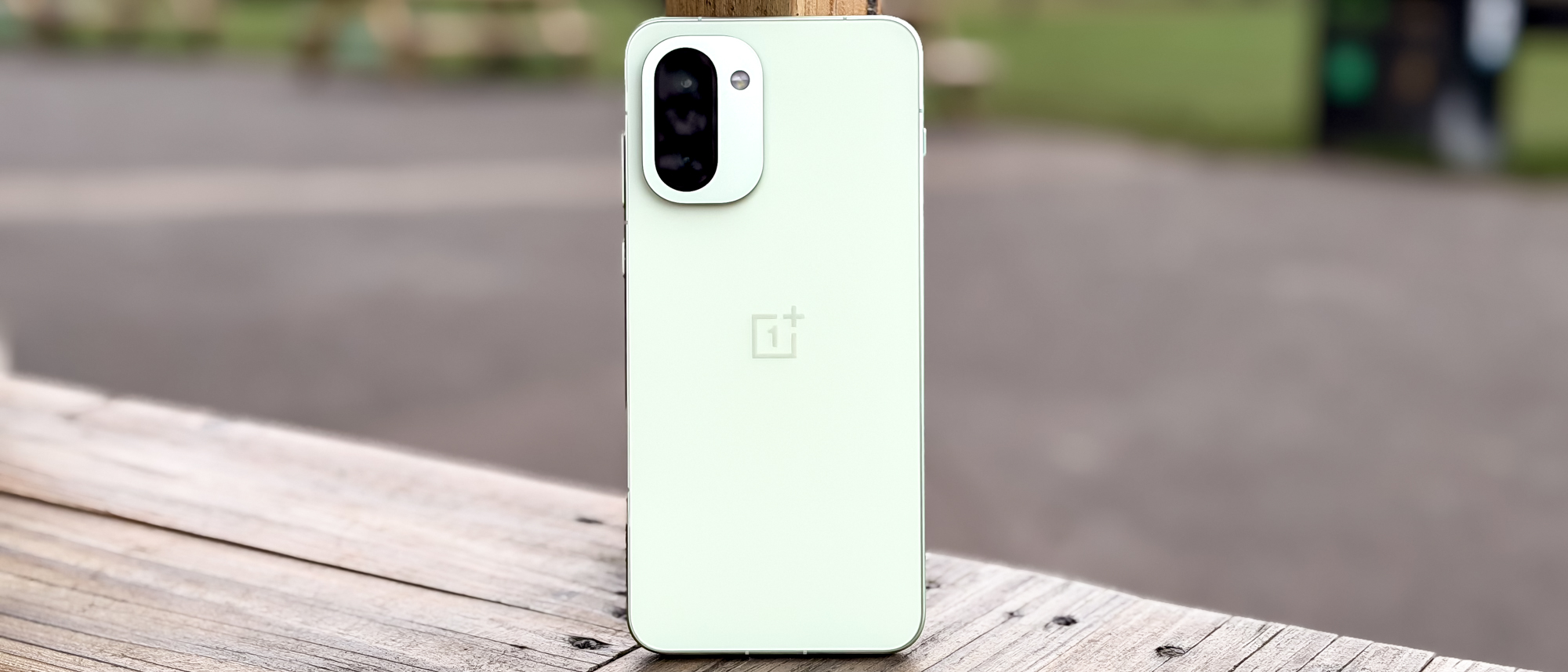How to spot a thirsty houseplant: 7 telltale signs
Rescue your houseplants from drought

Knowing how to tell if your plants are underwatered can be really difficult. Underwatering is a common issue, leading to stressed and unhealthy plants. While there are tips to save them, recognizing these signs early on can help you bring your plants back to full health. Signs like dry, crispy leaves, slow growth, and drooping are telltale indicators that your houseplants might be thirsty. And you may notice more signs once you return from a vacation, unless you've already tried this houseplant watering hack.
Many new plant enthusiasts worry about overwatering but end up underwatering instead, leading to just as many issues. This issue can happen often with succulents, so its best to know how to care for them properly.
Whether you're an experienced indoor gardener or a beginner with your first potted friend, understanding how to properly hydrate your houseplants is essential. Let's break down the symptoms of underwatering and learn how to spot the problem before your plants start wilting away.
1. Dry and crispy leaves

One of the first signs that your houseplants are underwatered is dry, crispy leaves. Unlike the yellowing associated with overwatering, underwatered leaves become brittle and brown around the edges.
This happens because the plant isn't receiving enough water to sustain its leaf tissues, leading to dehydration.
2. Slow growth

If your houseplant’s growth seems stunted or unusually slow, it might not be getting enough water. Water is essential for transporting nutrients within the plant, so insufficient water means your plant can't grow properly. Regularly checking soil moisture can help ensure your plant has what it needs to flourish.
3. Drooping and wilting

Drooping and wilting are more obvious signs of underwatering. When a plant doesn't get enough water, its leaves and stems lose turgor pressure (pressure inside the cells of the plant), causing them to droop. Unlike the wilting from overwatering, which occurs despite moist soil, underwatered plants will have dry soil.
4. Brown leaf tips

Brown leaf tips are another symptom of underwatering. Without adequate water, the tips of leaves can dry out and turn brown. This is a common issue for plants that prefer consistently moist soil, such as ferns and calatheas.
5. Soil pulling away from the pot

If you notice the soil pulling away from the sides of the pot, it’s a sign the soil is too dry. Dry soil contracts and separates from the pot edges, indicating your plant needs more frequent watering.
6. Leaf drop

Underwatered houseplants often shed their leaves to conserve moisture. If you notice an unusual amount of leaf drop, your plant might be trying to tell you it's too dry. This is your plant shedding to survive.
7. Understanding your plant's needs

Preventing underwatering starts with understanding your houseplant’s specific water requirements. Different plants have varying hydration needs. For instance, succulents and cacti need infrequent watering compared to tropical plants, which prefer consistently moist soil.
Always check the soil before watering—if it feels dry an inch below the surface, it’s time to water.
Bonus tip: consider your plant's habitat

Environmental factors like humidity, temperature, and light can affect your houseplant’s water needs. Plants in bright light or dry air may need more frequent watering. During hot weather, plants lose water more quickly, so they might need additional hydration.
Recognizing the signs of underwatering is crucial to keep your houseplants healthy and vibrant. By adjusting your watering habits and understanding your plant’s specific needs, you can prevent the common mistake of underwatering.
Remember, it's easier to recover a plant from underwatering than from overwatering, so keep a close eye on your plant’s hydration levels to keep them happy.
If you're concerned that your houseplant might be thirsty, knowing the telltale signs is crucial to keeping it healthy and vibrant. Whether you have one of the best plants to thrive in your kitchen, or one of the indoor plants that will make your house smell nicer, understanding when your plant needs water is key. And want to know the secrets to happy houseplants? Check out our guide on signs of overwatering to ensure you're not giving them too much of a good thing.
Get instant access to breaking news, the hottest reviews, great deals and helpful tips.

Kaycee is Tom's Guide's How-To Editor, known for tutorials that skip the fluff and get straight to what works. She writes across AI, homes, phones, and everything in between — because life doesn't stick to categories and neither should good advice. With years of experience in tech and content creation, she's built her reputation on turning complicated subjects into straightforward solutions. Kaycee is also an award-winning poet and co-editor at Fox and Star Books. Her debut collection is published by Bloodaxe, with a second book in the works.
